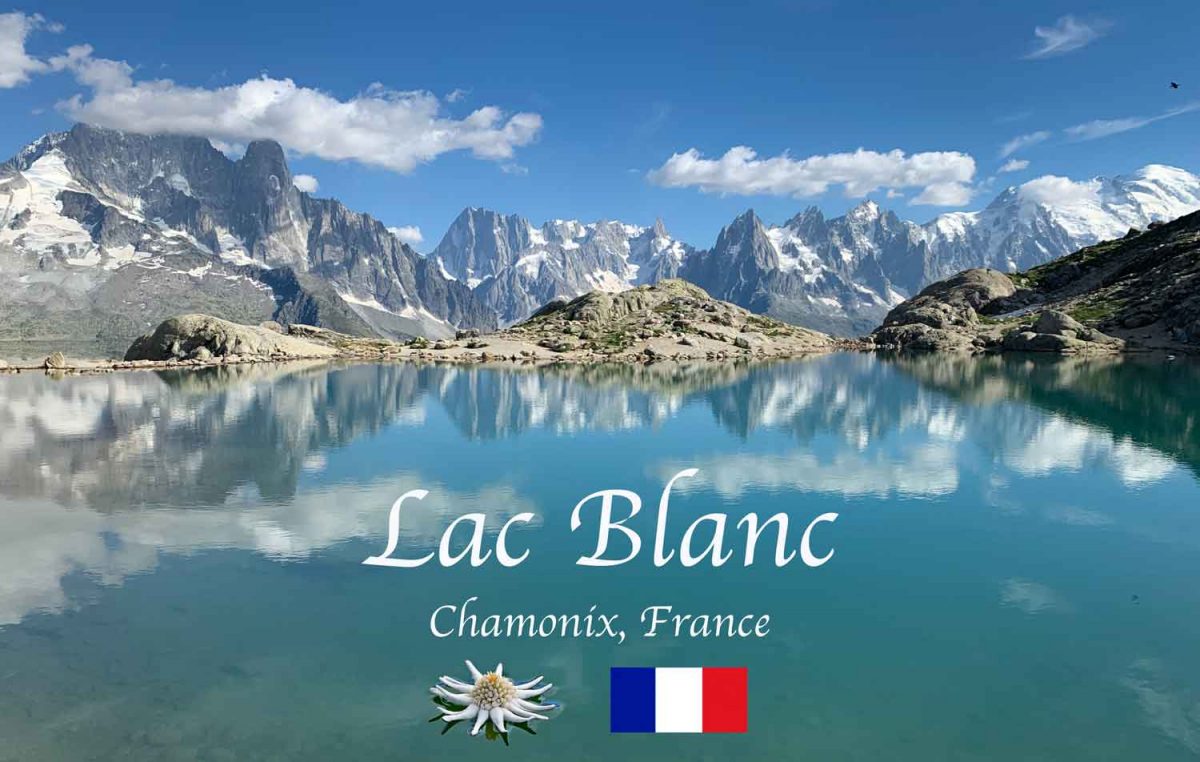Camping at Lac Chéserys: the hunt for the Milky Way

Taking pictures of the Milky Way is an activity with many requirements that are difficult to meet. Avoiding light pollution, clouds, the full moon, there are so many factors to monitor that planning becomes essential to get a chance for this shot. Living here in Geneva, Switzerland, Bivouac, or camping on the mountains in the mid-summer increases your chances as in the Northern Hemisphere, the Galactic Center is visible from March till October. You move away from light pollution; furthermore, it seldom rains!

Lac Chéserys
Lac Chéserys, in neighboring France, is one such location where camping is possible. Notice that I excluded Lac Blanc from that sentence as the French has forbidden camping on these grounds. But not Lac Chéserys, some twenty minutes walk downhill from Lac Blanc. Having said that, I always recommend checking with the Tourism office to verify if camping is impossible or not. As I write in COVID days, I am sure everyone agrees on how things drastically change.
Lac Blanc

The lovely thing about this camping plan is how you avoid the day trip crowd after the last cable car from Flegère to Chamonix. Most of the tourists in Lac Blanc go up from the outskirts of Chamonix towards Flegère and then take a chairlift to the Index. In less than 30 minutes, you ascend a thousand five hundred meters without a sweat. You’ll only need to go up 150 meters to get to Lac Blanc from there. Past 6 pm, you won’t see many of them as 5:30 pm is the last cable car from Flegère to Chamonix.
The Hiking path
The path that we took is the classic Flegère to Lac Blanc, Lac Chéserys to circle back to Flegère(See GPX). We did that in 2 days with an overnight stay at Lac Chésery. 530 meters up and down at around 9 kilometers would qualify it as an easy hike, but this hike starts at around 2000 meters which makes it a medium hike, at least for me, as I do feel the air go thin at this altitude range. I venture to say that this hike is difficult when you have a heavy load; after all we carried camping gear(Tent, Sleeping bag, mat…), Winter clothes for 0-5 degrees Celcius weather on a fair-weather summer night. And Damn… the camera and Tripod which added 7 kilos to my load!
Carry as little as possible, but choose that little with care
Earl Shaffer
Things to bring for a fair mid-summer day camping in Lac Chéserys
Essentials
- Food for Dinner and Breakfast (There is a refuge at Mont Blanc so you can perhaps have dinner/ breakfast there)
- Water 2-3 liters
- Energy snacks for the hike
- Water purifier tablets (There is a stream up there, I used the tablet for security )
- Summer Hiking Clothes
- Good Hiking shoes High or Low cut/ Trail shoes are also ok
- Cloths that can stand 0-5 Celsius weather as the evening gets cold (EG Raincoat that doubles as Windbreaker, leggings, sweater)
- Gloves (Practical in the evening and for removing those pesky pegs)
- First aid kit
Camping Gear
- Tent (Note that some people just had sleeping bags, some just had insulated blanket; this can be risky due to brisk weather change )
- Sleeping Bag
- Sleeping mat
- Inflatable pillow
Camera Gear
- A camera that can be set manually and which could shoot at 1600 ISO at the minimum
- Wide-angle lens with a large aperture f/2.8 preferably f/1.4
- Tripod for long exposure
- A headlamp or a lamp
Misc
- Trekking poles, not essential but very useful.
- Power bank
- Phone which can guide(GPX) you in your hike.
Updates
Bivouacking is allowed from 7 p.m. to 9 a.m., with or without a tent, for one night only and exclusively in designated areas. Although, A permit is required for bivouacking at Lac des Chéserys and must be obtained online.
Open fires are strictly prohibited.
Swimming in alpine lakes is not permitted to safeguard the delicate biodiversity.
Visitors are expected to leave no trace of their stay: pack out all waste, including toilet paper—this cannot be overstated.
Before your trip, be sure to check with the local tourism office for the most up-to-date regulations, as policies and requirements may change.



